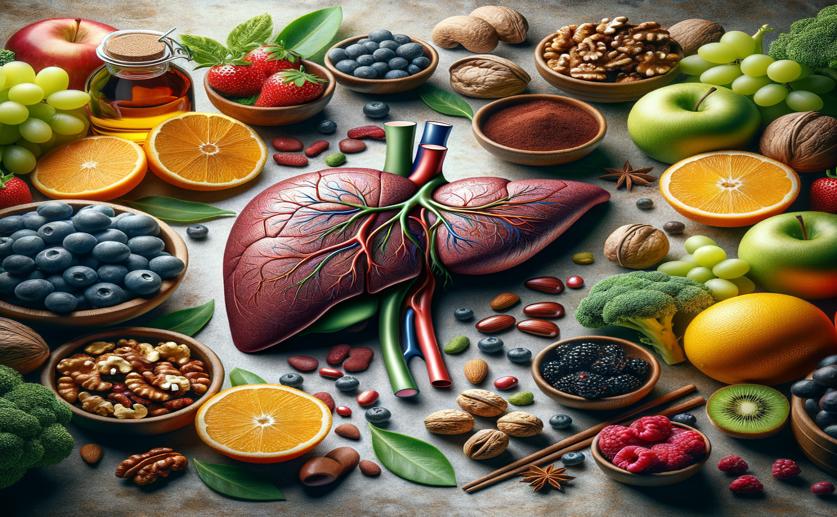
Link Between Antioxidant-Rich Diet and Fatty Liver Disease in Adults
Greg Howard
16th June, 2024

Image Source: Natural Science News, 2024
Key Findings
- The study by Chongqing Medical University analyzed data from 12,286 participants to explore the link between dietary antioxidants and MASLD
- Higher dietary antioxidant levels were associated with lower liver fat content, especially in females
- Promoting diets rich in antioxidants could help reduce the incidence and severity of MASLD
References
Main Study
1) Association between the composite dietary antioxidant index and metabolic dysfunction-associated steatotic liver disease in adults: a cross-sectional study from NHANES 2017-2020.
Published 14th June, 2024
https://doi.org/10.1038/s41598-024-63965-1
Related Studies
2) The global epidemiology of nonalcoholic fatty liver disease (NAFLD) and nonalcoholic steatohepatitis (NASH): a systematic review.
3) Modeling NAFLD disease burden in China, France, Germany, Italy, Japan, Spain, United Kingdom, and United States for the period 2016-2030.
4) Non-alcoholic fatty liver disease.



 22nd May, 2024 | Jim Crocker
22nd May, 2024 | Jim Crocker